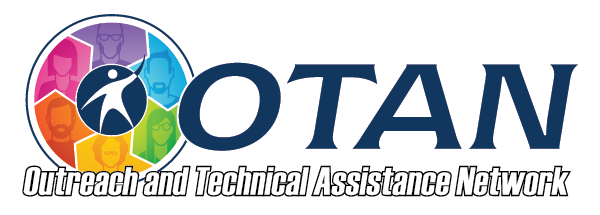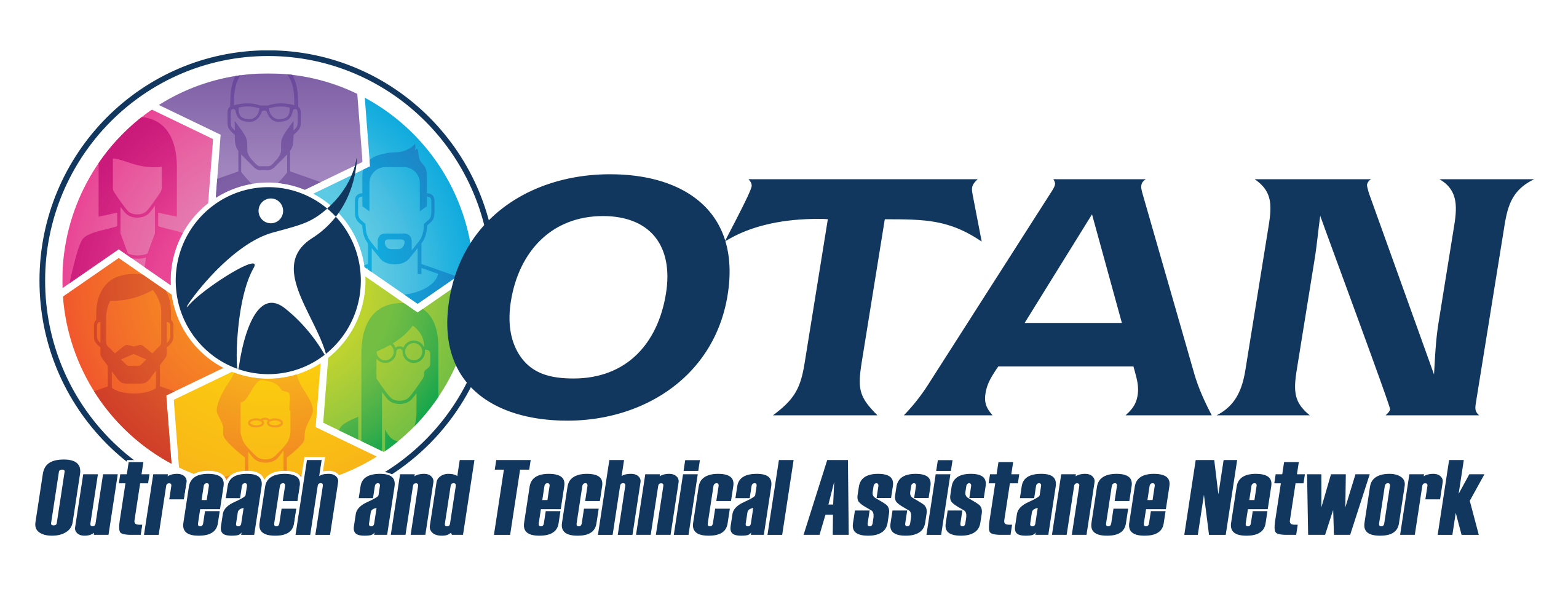Search
Reducing Your Food Spending
Details
Activity Description
- Stay in Tonight (examine the cost of eating out)
- Waste Not (take a look at food at home and reduce the amount wasted, includes My Fridge Food a great place that takes the ingredients you have on hand and offers recipes to use them)
- Grocery Game Theory (examine making bulk meals and freezing extra for another meal)
- Cutting Cost of Convenience (use unit cost to figure best value
In this activity the class is divided into four groups who examine each method, write a summary, and present what they learned to the class.
Preparation
- Check the website to ensure it is not blocked at your site.
- Read through the lesson plan.
- Print and make copies of any handouts.
Teacher Tips
This website is vast with many useful tools and great information. Take time to explore what is available. Check links to make sure they are current
More Ways
Money Management International has many resources including Celetrating Financial Literacy Month. Here they look at 30 Steps to get "more from your money" One way to use this information is to let class pairs select one step, read about it, write a summary and present it to the class. The 30 steps are:
- Commit to change
- Assess Your finances
- Clear out the financial clutter
- Set yourself up for success
- Get copies of your credit reports
- Clean up your credit report
- Make your money count
- Identify your starting point
- Review your debt situation
- Set your priorities
- Set SMART financial goals
- Set short-, mid-, and long-term goals
- Paydown your debt
- Expect the unexpected
- Secure your financial future
- Make a commitment
- Save for your goals
- Follow where the money goes
- Identify and document fixed monthly expenses
- Identify and plan for periodic expenses
- Document your spending
- Identify ways to reduce spending
- Save money on groceries
- Start an open dialogue
- Document your desired spending
- Protect yourself by performing financial check-ups
- Understand the cost of credit
- Assemble a financial team
- Appreciate the benefits
- Keep moving forward
Program Areas
- ABE: Adult Basic Education
- ESL: English as a Second Language
Levels
- All Levels
- Intermediate Low
- Intermediate High
- Advanced
Lesson Plan
As pairs learners discuss the question: How can we save money on food spending?
Gather as a class and make a list of ways
One way we all spend money is on food. With costs going up, finding ways to reduce the money spent on food will help our budget. Money Management International is a website devoted to all things money. We will be looking at the Ultimate Guide to Reducing Your Food Spending. Lets see if our class ideas are included in their recommendations.
The website mentions four ideas to reducing food spending: (Show the website-scroll down through the four methods) The assignment will be that we will study and present each step to the class. We will divide into 4 groups, working together each group will write a summary and present what you learned to the class. Pay attention so you can join the group you are most interested in. (hopefully the groups will be about the same size) Each of the four groups will present four slides on the Class Presentation on Google Slides (or PowerPoint or Sway or any other presentation software) As a teacher prepare the slides and share them with each group so they can add their slides.
Step 1: Let's Stay in Tonight (have student volunteers read this section to the class)
Step 2: Waste Not (have student volunteers read this section to the class)
Step 3: Grocery Game Theory (have student volunteers read this section to the class)
Step 4: Cutting the cost of convenience (have student volunteers read this section to the class)
Divide the class into four groups (hopefully the learners can choose the group they are the most interested in). As a group, read the material again, checking links if they have any. As a group discuss the idea, write a summary of the idea, and prepare to present the idea to the class. Each group will create four slides on the Class Presentation (the teacher will send a link to each group and each group adds their slides to the same presentation and then speaks to the class explaining what they learned on the slide. Slide 1 Title of Step and names of group members, Slide 2 the idea presented on the Step, Slide 3 gives more space to explain the idea Slide 4 is the conclusion or assignment, what you should do.
The class will present the four ideas using the Slide Presentation. Each group presents their four slides. Learners will take notes on the presentation with the idea that they will have to write a summary of what they learned and how they might use the information.
As pairs discuss ways to use this information in their own homes. Discuss the ideas as a class.
Subjects
- Reading
- Consumer Skills
- Critical Thinking/Decision Making
- Vocabulary
- Writing
- Paragraph Skills
Standards
- Reading
- CCR Anchor 1 - Read closely to determine what the text says explicitly and to make logical inferences from it; cite specific textual evidence when writing or speaking to support conclusions drawn from the text.
- CCR Anchor 2 - Determine central ideas or themes of a text and analyze their development; summarize the key supporting details and ideas.
- Writing
- CCR Anchor 2 - Write informative/explanatory texts to examine and convey complex ideas and information clearly and accurately through the effective selection, organization, and analysis of content.
- CCR Anchor 4 - Produce clear and coherent writing in which the development, organization, and style are appropriate to task, purpose, and audience.
- Speaking and Listening
- CCR Anchor 1 - Prepare for and participate effectively in a range of conversations and collaborations with diverse partners, building on others’ ideas and expressing their own clearly and persuasively.
- CCR Anchor 2 - Integrate and evaluate information presented in diverse media and formats, including visually, quantitatively, and orally.
- Language
- CCR Anchor 1 - Demonstrate command of the conventions of English grammar and usage when writing or speaking.
- CCR Anchor 2 - Demonstrate command of the conventions of English capitalization, punctuation, and spelling when writing.

